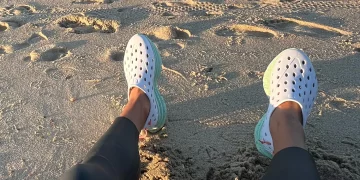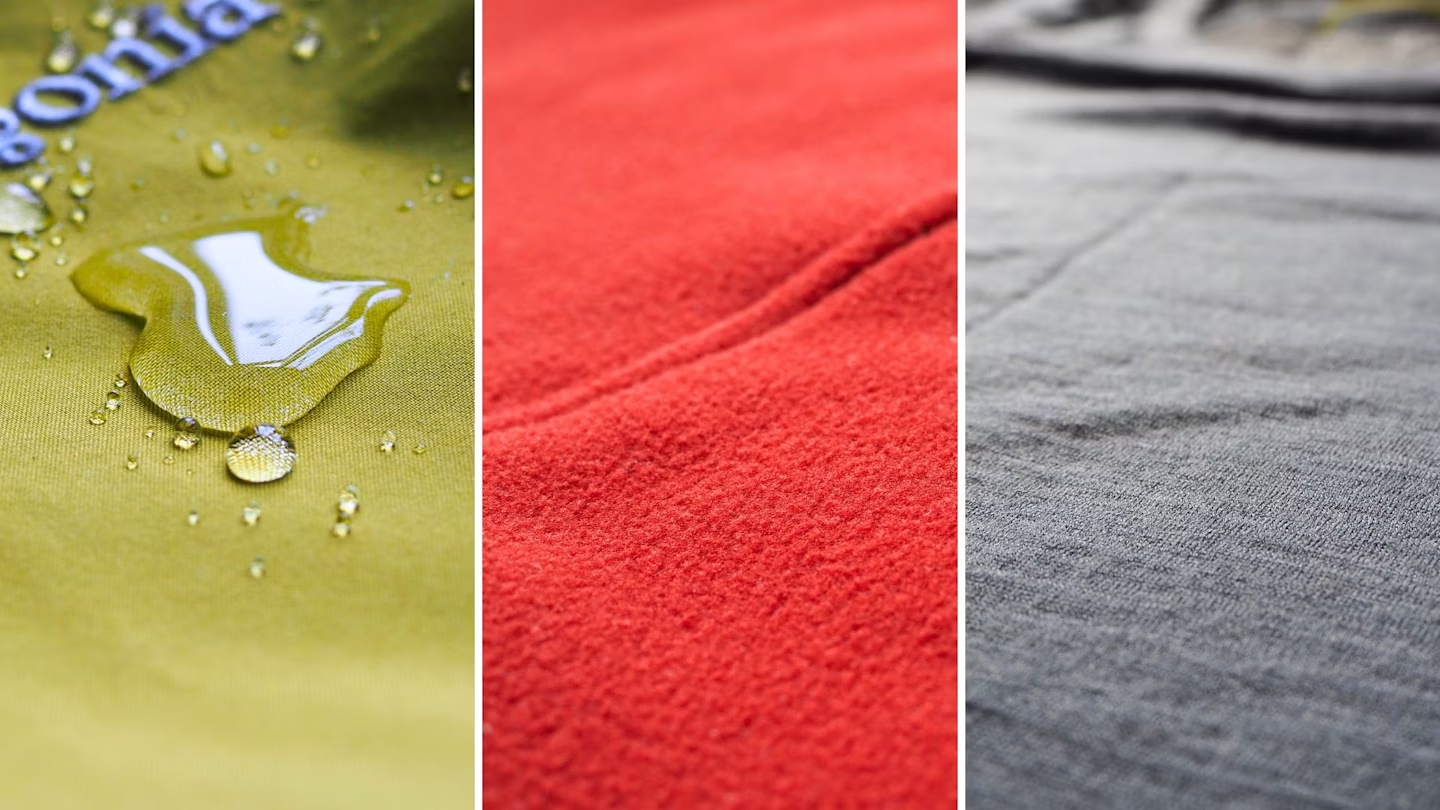Insects are more than just a nuisance during outdoor adventures; they can pose serious health risks, from allergic reactions to vector-borne diseases. Whether you’re hiking, camping, fishing, or trekking in the wilderness, the question of insect protection becomes paramount. While bug repellents, nets, and other protective gear offer varying degrees of defense, the effectiveness of your gear is crucial in determining how well you’ll be protected from these tiny yet mighty creatures.
In this article, we’ll dive into the various types of insect protection gear available today, evaluating their effectiveness, comfort, and practicality. From insect-repellent clothing to high-tech solutions, we’ll explore whether your current outdoor gear is enough to keep the bugs at bay and ensure a safe, enjoyable experience in nature.
The Insect Threat: What’s at Stake?
Before we delve into the specifics of protective gear, it’s essential to understand the types of insects you’re trying to avoid, as well as the risks they carry. Insects are a significant part of outdoor ecosystems, but they can also carry dangerous diseases, including:
- Mosquitoes – Known carriers of diseases like malaria, dengue fever, West Nile virus, and Zika.
- Ticks – Responsible for spreading Lyme disease, Rocky Mountain spotted fever, and other illnesses.
- Flies – Including biting flies that can cause skin irritation or transmit diseases.
- Ants – While most ants are harmless, certain species can deliver painful stings and even pose allergic reactions.
- Bees and Wasps – While typically not aggressive, their stings can lead to severe allergic reactions.
Thus, protecting yourself from insects is not just about comfort but also about safeguarding your health.
Understanding Your Protection Options
1. Insect-Repellent Clothing
One of the simplest and most effective ways to protect yourself from insects is by wearing specially designed clothing. Several manufacturers have created gear that either incorporates insect repellent or uses fabric designed to prevent insects from reaching your skin.
Key Features:
- Permethrin-treated Clothing: Many outdoor brands offer clothing treated with permethrin, an insect repellent that is highly effective against mosquitoes, ticks, and other pests. Permethrin binds to the fibers of clothing, providing long-lasting protection that doesn’t need reapplication.
- Mosquito-Repellent Fabrics: Some manufacturers use tightly woven fabrics to create a physical barrier that mosquitoes and other bugs can’t penetrate. These fabrics are designed to be light and breathable, ensuring comfort even in hot weather.

Pros:
- Highly effective, with protection lasting for up to 70 washes.
- Comfortable and convenient, as you don’t need to reapply insect repellents every few hours.
- Often designed for specific outdoor activities like hiking or fishing.
Cons:
- Clothing treated with permethrin can be more expensive than non-treated alternatives.
- Requires proper care (e.g., hand washing or delicate machine wash) to maintain efficacy.
2. Insect-Repellent Sprays and Lotions
Traditional insect repellents in spray or lotion form are one of the most common ways to protect against insects. These products often contain DEET, Picaridin, or natural alternatives like lemon eucalyptus oil or citronella.
Key Features:
- DEET-Based Repellents: DEET is the most widely used and effective active ingredient in insect repellents, particularly for mosquitoes and ticks. It’s known for its long-lasting protection, often up to 8 hours.
- Picaridin-Based Repellents: A safer alternative to DEET, picaridin is effective against mosquitoes and ticks, without the strong odor and greasy residue that DEET can leave behind.
- Natural Repellents: For those who prefer chemical-free options, natural repellents like citronella, lemon eucalyptus, and tea tree oils can be used. While they may not last as long as DEET or picaridin, they can offer temporary relief.
Pros:
- Widely available and easy to apply.
- Can be used on exposed skin and gear.
- Some natural options are less harsh on the skin.
Cons:
- May need to be reapplied every few hours.
- Some people experience skin irritation from chemical repellents.
- DEET can damage synthetic fabrics, plastics, and even rubber.
3. Insect-Repellent Netting and Mosquito Nets
When camping or sleeping outdoors, insect nets are indispensable, especially in areas where bugs are rampant. Mosquito nets, in particular, can create a barrier between you and the insects while you sleep, ensuring a peaceful night.
Key Features:
- Head Nets: These are often used by hikers and trekkers in areas with high insect populations. They cover the face and neck, providing protection from bites to sensitive areas like the eyes and ears.
- Full-Body Mosquito Nets: These nets are usually suspended over sleeping bags or tents, creating an insect-free zone. Many camping and trekking enthusiasts use these for added protection.
Pros:
- Effective for use while sleeping or resting.
- Lightweight and portable, making them ideal for backcountry trips.
- Often treated with insect-repellent chemicals for added protection.
Cons:
- Not as comfortable to wear for extended periods.
- Can be cumbersome and less breathable in hot climates.
- Requires a proper setup, such as trees or poles, to be fully effective.
4. Insect-Repellent Gear: High-Tech Solutions
For those who prefer cutting-edge solutions, several high-tech gadgets can offer insect protection. These devices use a combination of repellents, sound frequencies, or other methods to deter insects from getting too close.
Key Features:
- Ultrasonic Repellents: These devices emit high-frequency sound waves that are unpleasant to insects like mosquitoes. They claim to deter pests without using chemicals.
- Mosquito Traps: These devices attract and trap mosquitoes by mimicking human scent or carbon dioxide. While they don’t provide direct protection, they can reduce the insect population around your campsite.
- Wearable Repellent Devices: Small, battery-operated devices that can be worn on your body to release insect-repelling substances.
:max_bytes(150000):strip_icc()/spr-tier-3-primary-best-bug-repellent-ebrockob-001-07158f279a5341f4a82a2cdebe2bf097.jpeg)
Pros:
- Chemical-free and can be more comfortable than lotions or sprays.
- Convenient for use in various outdoor environments.
- Some devices are very compact and travel-friendly.
Cons:
- Effectiveness can vary based on the device and environment.
- May require frequent battery changes or charging.
- Some users find ultrasonic repellents less effective than chemical options.
5. Insect-Repellent Backpacks and Gear
For hikers and campers, many backpacks and gear items now come with built-in insect protection. These might include repellent-treated fabrics or small integrated insect-repelling devices that offer extra protection during your journey.
Key Features:
- Repellent-Treated Gear: Just like clothing, some backpacks, sleeping bags, and tents are treated with permethrin or other insect-repelling agents.
- Insect-Proof Zippers and Mesh: Some gear is designed with special zippers and mesh linings to keep insects from entering while still allowing ventilation.
Pros:
- Integrated protection eliminates the need for additional sprays or lotions.
- Convenient, as it’s already incorporated into your gear.
- Offers a long-term solution that doesn’t need reapplication.
Cons:
- May increase the weight and cost of your gear.
- Protection can degrade over time with use and exposure to elements.
What’s the Verdict? Does Your Gear Provide Enough Protection?
It’s clear that there are numerous options available for protecting yourself from insects. The right choice depends on your specific needs, the nature of your outdoor activities, and the severity of the insect population in your chosen location.
For those embarking on short trips in regions with mild insect activity, a basic repellent spray and lightweight netting may suffice. However, if you’re venturing into areas known for heavy mosquito or tick populations, investing in treated clothing, high-tech repellents, and even a full-body mosquito net may be necessary for complete protection.
No single solution is perfect, but the combination of several protective measures can ensure you stay comfortable and safe. Remember that the best defense against insects isn’t just about the gear you wear, but also about using common sense—stay in well-lit, breezy areas, avoid high-risk times (like dawn and dusk), and take extra precautions in regions with known disease outbreaks.























